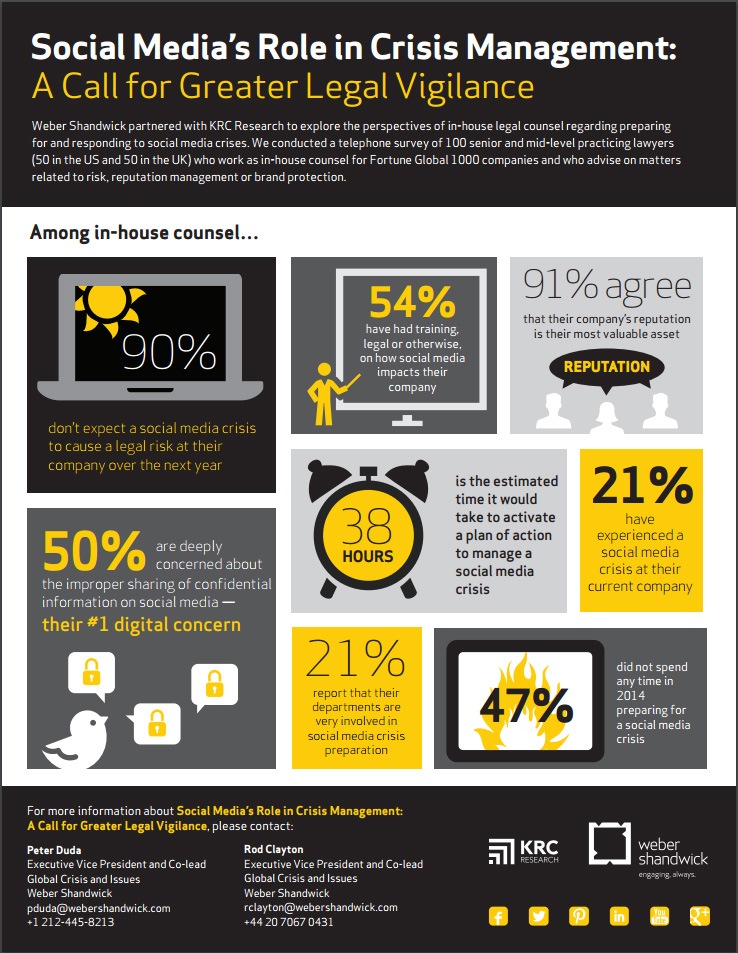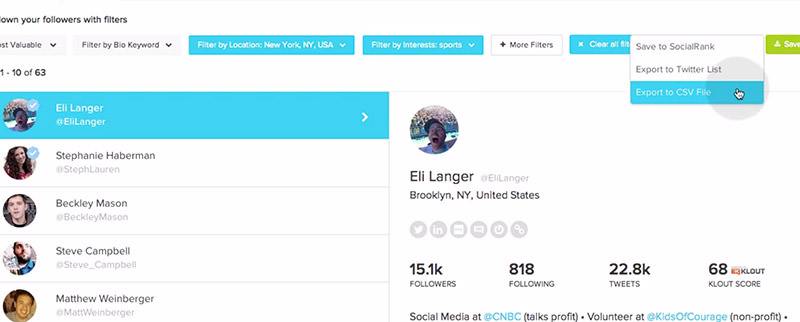
In order to successfully schedule social media, it is essential that you identify which content will work best for your business. Make more of the content you want to engage with and ask your team members to comment on reviews across social media platforms. This will make it easier for everyone on your team to adhere to the rules. For example, 9am to 5pm ET is the best time for posting. In addition, you can assign team members to reply to reviews in a timely fashion on different platforms.
Scheduling social media content
Social media is a powerful marketing platform that allows you to reach millions of people on a daily basis. These networks can help you reach influential people, customers, or business partners by using them effectively. However, these platforms can be difficult to use without planning, execution and multiple people managing. Social media scheduling tools come in handy here. Read on to learn about the benefits of scheduling content on social media and which ones you should use.

You can use a template to track the success of social media posts when you are scheduling them. To track how many posts were published and how many have yet to be read, you can use a scheduling tool for social media. This way, you can see which types of content have performed well and which ones aren't. These information will assist you in creating new content based on the responses of your audience.
Mixing updates about your products and services with your social media posts will help you make the most out of them. You can easily schedule these content and track the results of your posts. By creating a schedule, you'll be able to post more consistently and more efficiently. You can post new content and increase sales with the help of social media scheduling software.
Planning social media posts
It can be difficult to maintain a business's presence through social media platforms, especially if your are not a marketing expert. Building and cultivating an audience on the right platforms is a great way to increase brand recognition, and make new products more visible. There are many tools to schedule posts on social media that are free or very affordable. It is important that you understand the benefits and drawbacks before you use a scheduling platform.
First, scheduling posts on social media allows you to keep all your profiles active. Social media analytics allows you to determine the best time for posting based upon platform-specific metrics. You can then create content around those posts and schedule them in order to achieve optimal performance. Once you have implemented the scheduling process, make sure to monitor the analytics regularly. Consider comparing posts weekly or monthly. It may surprise you to see the difference! The best part about setting up a schedule is that you can concentrate on writing the best posts and not worrying about posting at random hours.

Schedules are a great way for you to manage your time. But you shouldn't post every day. Your scheduled posts might become out of date if they aren't checked frequently. You may not know what's trending on social networks so it is important to keep your posts current. It is important to not plan too far in advance, and to allow for current events.
FAQ
What is Content Marketing?
A visitor to your site is searching for something in particular. Great if they find what they are looking for. If not, they will leave the site and look elsewhere. Content marketing is about creating useful, helpful information that answers queries, solves problems, or provides value. This content can be used across all platforms (social media and email). You can use this content across all platforms (social media, email, etc.) so that people always have access.
How can I improve my content marketing strategy?
Content marketing strategies can be improved by focusing more on the audience, content and distribution. To begin, you must understand your ideal client and where they spend their time online. You can then tailor your content for them once you have this information. Second, you must develop a unique voice and style that distinguishes you from competitors. The third step is to determine how to best distribute your content.
Can I simply post links to other sites content?
Yes! It's called link building. Linking to content from another website is a great method to increase your site's traffic. But only link to reliable sources.
Is a Content Marketing Strategy right for me?
If you already know the message you are trying to convey, then a Content Marketing Strategy may be right for you.
If you are looking for some direction before starting, these are some questions:
What does my business need to communicate? Or should I create content that appeals to a wider audience?
Do you want to concentrate on generating leads?
Do I want to promote one or more products?
Am I interested in reaching people outside of my industry?
If you answered "yes" to any of these questions, then a Content Marketing strategy is exactly what you need.
How many hours should I devote to content marketing each week?
It depends on your situation. It may not be necessary to invest much time in content marketing. Content marketing is not something you should do every day.
Statistics
- Seventy-two percent business to business (B2B) (mailchimp.com)
- Companies that use content marketing see approximately 30% higher growth rates than businesses not using it. (mailchimp.com)
- In fact, would pay more for a better customer experience, and 86% of B2B buyers would pay more. (neilpatel.com)
- Forty-seven percent of buyers view 3 to 5 pieces of content before engaging with a sales representative. (mailchimp.com)
- According to research compiled by Coschedule: Companies that publish 16+ blog posts a month get as much as 3.5x as much traffic as those that publish 0-4 posts a month. (criteo.com)
- This marketing strategy landed Ford a 15.4% conversion rate. (neilpatel.com)
- Progress indicators (0–100%) allow each team member to see how attainable each goal is and understand what remains to be accomplished. (semrush.com)
- According to the Content Marketing Institute, 70% of B2B marketers and 86% of B2C marketers surveyed use content marketing in some form or other. (criteo.com)
External Links
How To
How to create beautiful images
Images are a great way to make your content standout from others. Images are one of the most effective ways of communicating ideas visually. They are excellent at grabbing attention, and increasing engagement. They are great for communicating complex concepts clearly and effectively. ).
When used well, images can add life to a piece of writing or presentation, making it come alive and engaging. It is possible to get less striking results if your images are not chosen correctly. Here are some tips to help you choose the best images for your next job.
-
Know what makes an image good. Before you look at photos, there's a lot you need to know. First, it is important to choose images that have a clear and concise message. A cluttered image won't cut it. It won't attract attention the same way a clear, concise photo would. Also, avoid photos where people aren’t smiling or looking directly into your camera. It gives off the impression that your message is not very interesting. It's important to make sure that the image doesn’t distract you from the main message. If it draws too much attention away from the content, then it's probably not ideal.
-
You can find inspiration. Once you've got a list of potential candidates, it's time to go through them and find those that catch your eye. Look at their captions first. You may see captions in both the photo and the text. It doesn't matter what, you need to verify that the caption is engaging enough to read. Pay close attention to where the photo is placed. Do you expect to see someone having a good time in the photo? Or maybe it's a place that looks like it could be dangerous. Perhaps it's a place you don't associate with happiness. No matter what the reason, consider why you like this image and how it connects to the message you are trying to convey.
-
Test different types of images. One of the biggest benefits of using images in your content is that they allow you to highlight certain aspects of your text. An example of this is if you write about a product and want to show it in action. If you offer an infographic, it may be a good idea to include a picture showing the data. Visual aids that are visually appealing will help to connect readers to the information you share.
-
The right file format is important. You must remember which file format you should use when choosing images. When working on web pages, you generally have two options: JPEG and GIF. Both of these file formats are great, but each has advantages and disadvantages. JPEG files can be used on websites as well as social media posts. They work especially well for photos, since they store large quantities of data in a compact space. However, they tend to lose quality over time, meaning they become pixelated after a few years. GIFs are smaller than JPEGs, so they're better suited to graphics and animation. They are not suitable for photo use because they do not support transparency.
-
You can also include other visuals. You can include additional visuals in your content if you are having trouble coming up with images. It can make a huge difference to the effectiveness of your post, as it provides a distraction-free environment for your readers. This means they're less likely to click out of the page while reading your article. One of the best ways to add extra visuals to your site is by creating infographics. Infographics are a popular way to quickly share lots of information. These infographics are great for adding to blog posts.